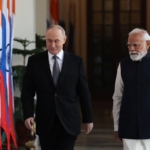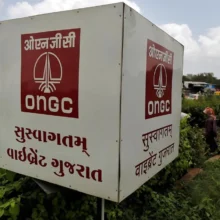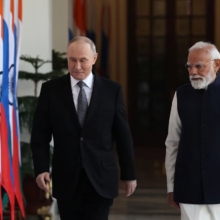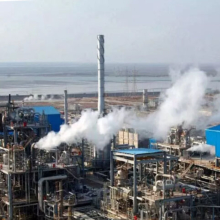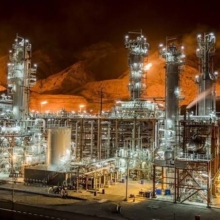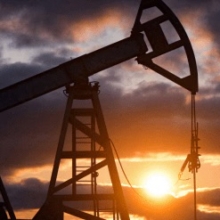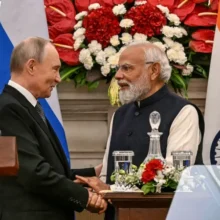Do’s and don’ts of attracting investment in oil industry Do’s and don’ts of attracting investment in oil industry
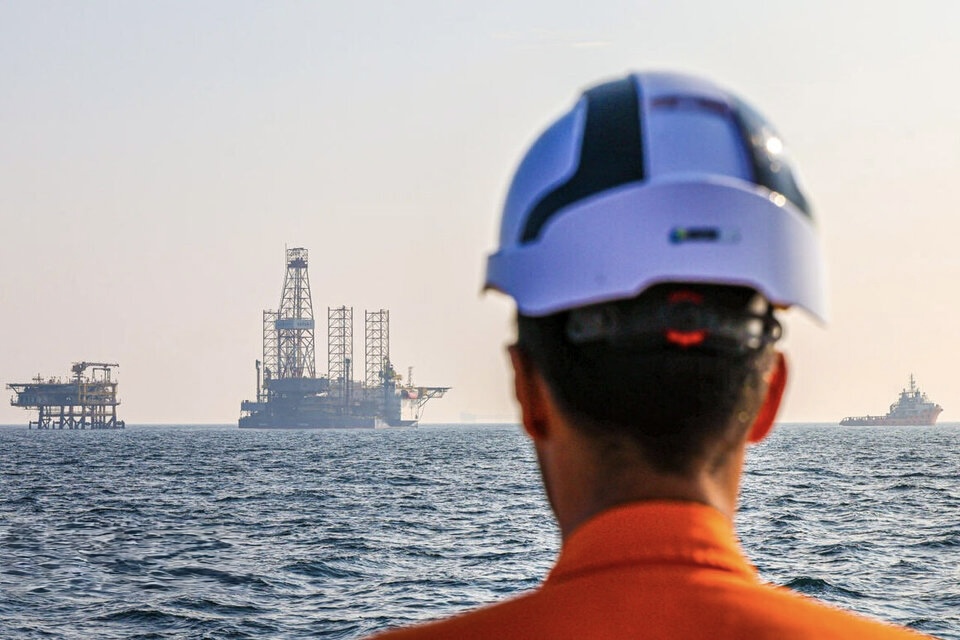
RoydadNaft – Former CEO of Petroleum Engineering and Development Company (PEDEC) believes to attract investors in the oil industry, we must diversify long-term contracts, increase their operational flexibility, and remove obstacles.
As economic developments and investment challenges in the oil industry become a strategic issue, a thorough review of existing opportunities and removing barriers are crucial. In this regard, Naji Sadouni believes Iran needs $45 to $50 billion to reach its goal of 5 million barrels per day (bpd) in oil production capacity. If existing obstacles are removed, decision-making processes are streamlined, and cooperation is secured from project executors and local officials, this goal can be achieved in at least five years, implemented in phases.
Sadouni, former CEO of Oil Engineering and Development Company, considers “international sanctions” and “failure to ensure economic security” as the biggest hurdles to oil industry investment today. However, he believes events like the Upstream Oil and Gas Investment and Development Transformation Conference are positive steps toward reform. With continued efforts, obstacles will gradually diminish, and Iran’s oil industry will become more attractive to investors.
Below is the full interview:
Given economic sanctions and financing constraints, how do you assess the Upstream Oil and Gas Investment and Development Transformation Conference?
This event is highly significant, innovative, and multi-dimensional in economic, industrial, and welfare impacts. It may be the most important initiative by the current administration in the oil and gas sector for the next four years. It aligns with the slogan of “Investment for Production” in 1404 and could be a turning point for upstream investment, ensuring economic growth and energy security.
Can new financing models effectively replace foreign direct investment (FDI)?
The issue is not financing models—those are negotiated with investors, and some contracts are more attractive. The priority is ensuring investment security and resolving sanctions-related challenges. Post-conference, the National Iranian Oil Company (NIOC) should encourage banks, development funds, and public capital to invest in upstream projects while streamlining negotiations and decision-making.
How can we ensure projects like flare gas recovery or pipelines are economically viable for private investors?
Projects like flare gas recovery, pipelines, and storage tanks each have unique benefits. For flare gas, we should allocate the remaining 40 million cubic meters per day exclusively to domestic investors, offering incentives like extended contract terms (e.g., 2 years construction + 10 years operation vs. current 2+3), lower land rents, and reduced service fees. This could eliminate flaring within two years, adding 50 million cubic meters daily to production.
For pipelines and storage, EPC contracts with at least 15% profit guarantees and 10% cost-of-money payments could attract investors.
What lessons can be learned from past exits of companies like Total, Eni, and Chevron due to sanctions?
New oil contracts are superior to buyback agreements in terms of contract duration, contractor bonuses, and cost guarantees, reducing investor risk. However, we must increase investor autonomy during field development and avoid excessive bureaucratic interference.
How effective is removing bureaucratic barriers?
Delays occur at three levels: the Oil Ministry, the Planning and Budget Organization, and higher government bodies. Currently, permits take 2-4 years—this must be reduced to under one year. Efforts are underway to address this.
What tax incentives or purchase guarantees could attract upstream investors?
Long-term contracts (20+ years), production-sharing agreements, tax exemptions, and downstream integration rights could help. A key limitation is lack of long-term contract diversity. Gradually, we can adopt such models with domestic and possibly foreign investors.
We must quickly utilize Iran’s God-given resources to build infrastructure, boost industries, and secure energy and revenue.
Can this conference shift Iran’s image from high-risk to an attractive upstream market?
Attractiveness depends on minimizing investment risks and ensuring a secure, stable environment. Measures like higher returns, longer contracts, and tax exemptions in a stable setting can help.
This event is a positive step toward reform. With continued efforts, obstacles will fade, and Iran’s oil industry will grow more appealing to investors.
Domestic investor trust—especially private sector participation—is key. Proper incentives, capital security, and reasonable returns will encourage their involvement.
How much investment and time is needed to reach 5 million bpd production?
Adding 1.5 million bpd (via new field developments and optimized production) requires $45–50 billion. If obstacles are removed, decision-making is streamlined, and local cooperation is secured, this can be achieved in five years, phased.
Reaching 5 million bpd will strengthen Iran’s global oil market position and spur major investments.
How competitive is Iran in developing shared hydrocarbon fields compared to neighbors?
Iran has 27 shared fields with Iraq, Saudi Arabia, the UAE, Qatar, Oman, Kuwait, and Turkmenistan. Now is the time to accelerate development, especially offshore, leveraging domestic expertise and encouraging local investors, contractors, and consultants to boost Iran’s share in these resources.


